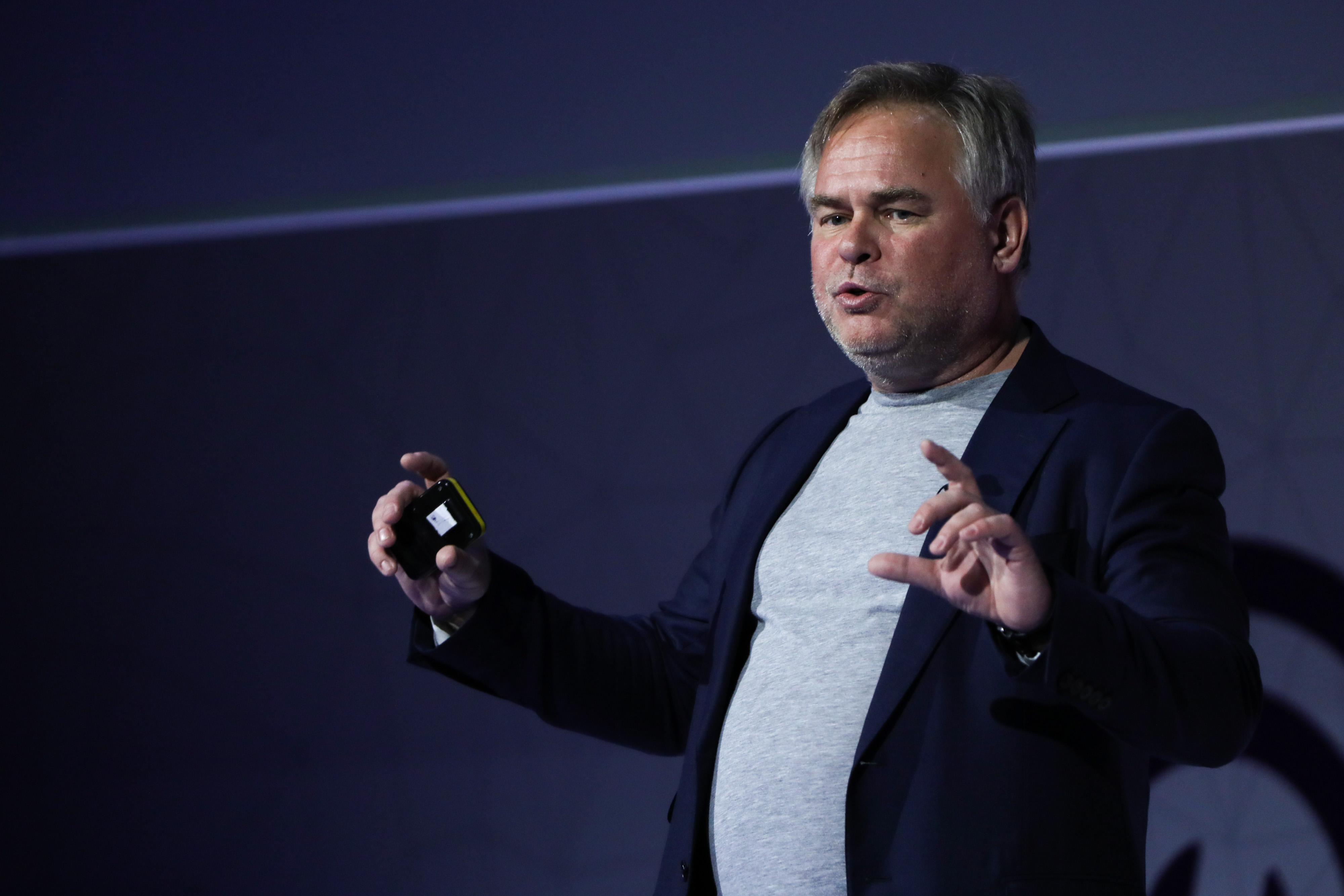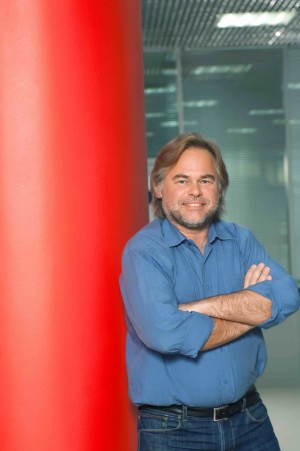


Kaspersky Lab developed a reputation for discovering cybersecurity threats. The virus was believed to have been used for cyber-espionage in Middle-Eastern countries. Afterwards, the company exposed the Flame virus at the request of the International Telecommunication Union. He hired the researcher that identified the Stuxnet worm, which is believed to be the first instance of state-sponsored cyberweapon. After the American film Live Free or Die Hard (AKA Die Hard 4.0) (2007) was released, Kaspersky said the idea was now public.
#Eugene kaspersky how to#
Initially he told his team not to discuss cyber-terrorism publicly, to avoid giving governments ideas on how to sabotage their political opponents. He helped establish the company's Global Research and Expert Analysis Team (GReAT), which helps corporations and governments investigate IT security threats. He was often quoted in the technology press as an antivirus expert. Threat discoveriesĪs the head of research, Kaspersky authored papers on viruses and went to conferences to promote the software. The antivirus product was renamed to Kaspersky Antivirus in 2000, after an American company started using the product's original name, which wasn't trademarked. By 2000, it had a staff of 65 people, starting from 13 in 1997. From 1998 to 2000, its annual revenue grew 280 percent and by 2000 almost sixty percent of revenues were international. Kaspersky's company grew quickly in the late 1990s.
#Eugene kaspersky software#
According to Wired, "their software was advanced for the time." For example, it was the first software to monitor viruses in an isolated quarantine.

The following year, the CIH virus (AKA the Chernobyl virus) created a boon for Kaspersky's anti-virus products, which Kaspersky said was the only software at the time that could cleanse the virus. Natalya, who pushed Eugene to start the company, was the CEO, while Eugene was the head of research. Kaspersky Lab was founded three years later by Kaspersky, his wife and Kaspersky's friend Alexey De-Monderik. This led to more business for Kaspersky from European and American companies. In 1994, Hamburg University in Germany gave Kaspersky's software first place in a competitive analysis of antivirus software. Kaspersky's then-future wife Natalya Kaspersky became his coworker at KAMI. It earned about $100 per month, mostly from companies in Ukraine and Russia. At first the software was purchased by about ten clients per month.
#Eugene kaspersky pro#
There, he and his colleagues improved the software and released it as a product called Antiviral Toolkit Pro in 1992. In 1991, Kaspersky was granted an early release from his military service and left the defense ministry to take a job at the Information Technology Center of a private company KAMI, in order to work on his antivirus product full-time. Early on Kaspersky's anti-virus software had just 40 virus definitions and was distributed mostly to friends. Afterwards he continually found new viruses and developed software to remove them, as a hobby. He studied how the virus worked and developed a program to remove it. Kaspersky's interest in IT security began in 1989, when his PC was infected by the Cascade virus, while working for the Ministry of Defence.


 0 kommentar(er)
0 kommentar(er)
